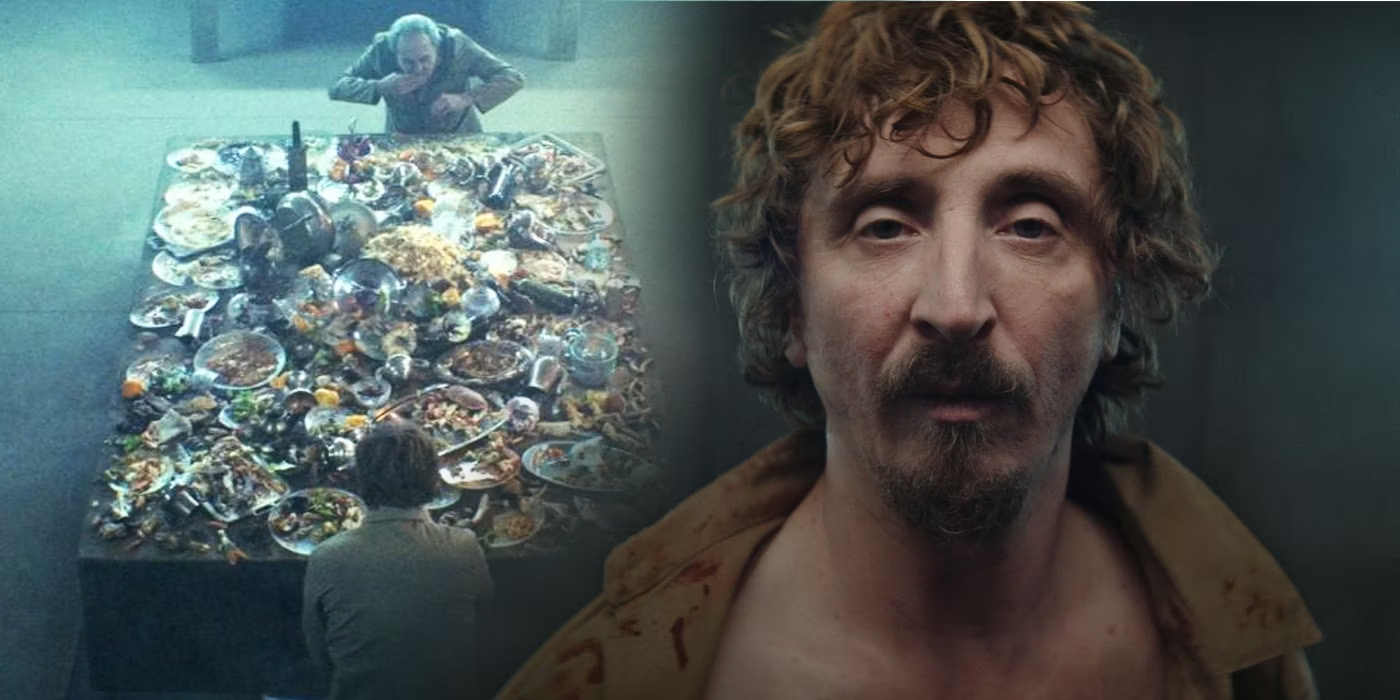Even with the wave of retrospective criticism and celebration of his work, Nicholas Ray remains one of the unsung auteurs of classic Hollywood. This period, defined by intense studio control and an assembly-line style of production, often led to the great visionaries being overlooked, but Ray stood above the pack in more ways than one. Jean-Luc Godard once remarked, “The cinema is Nicholas Ray.” While it sounds like hyperbole, you can comprehend the beauty of movies by watching his storied filmography that includes Rebel Without a Cause, In a Lonely Place, and Johnny Guitar.
Defined by romantic melodrama and a vibrant color palette, Ray’s films burst at the seams with energy and expressive characterization. The director wasted no time cementing his style with his debut feature film, They Live by Night, a gritty and punishing noir that still captures Ray’s sentimentality. The 1948 movie starring Farley Granger and Cathy O’Donnell shaped the foundation of the viable criminals-on-the-run subgenre.
‘They Live by Night’ Spawned the Subgenre of Criminal Lovers on the Run
The 1940s were a boom time for the film noir genre, a mode of dark and moody storytelling that reflected the post-WWII American malaise. Beneath the pomp and circumstance of rampant patriotism was a sinister underbelly operating in the cities and suburbs. Movies like The Maltese Falcon, Double Indemnity, and The Big Sleep defined the genre that has been modernized and reconfigured ever since. Nicholas Ray dabbled in various genres, but his bread-and-butter was film noir, as it provided a template that matched the psychological trauma of his characters.
They Live by Night, now available to stream on HBO Max, follows Bowie (Granger), an escaped convict who falls in love with Keechie (O’Donnell), who nurses him back to health after a failed robbery. Hoping to settle down and run away from the criminal lifestyle, Bowie orchestrates his final score to earn enough money for a clean slate and a prosperous life with Keechie. Adapted from the novel Thieves Like Us by Edward Anderson (later adapted by Robert Altman for his same-named 1974 film), Ray’s film features many of the hallmarks of classic noir: the brutish but tragic criminal, disastrous heists, and the yearning for a more peaceful future. Thanks to Ray’s signature style of dark romanticism that he formed in his first crack as director, They Live by Night is a wholly fresh take on the prolific genre of the period.
While not always cited in the cinematic history books as a blueprint for movies in its wake, They Live by Night laid the groundwork for future crime dramas like Bonnie and Clyde, Badlands, and True Romance, films about criminal lovers embarking on a fatalistic journey. The cool and minimalist crime dramas of Jim Jarmusch are also indebted to the film, as he followed Ray’s tendency of inverting the gritty thriller into a sobering character study about disillusioned outsiders. You can even see the strains of the Coen Brothers‘ DNA, with the haphazard Bowie who can’t get out of his own way, feeling ripped out of Blood Simple or Fargo.
The Tragic Melodrama of ‘They Live by Night’
Compared to the exhilaration of outlaw life and the open country in the other criminals-on-the-run movies, They Live by Night is much more outwardly tragic, painting its characters as not iconoclasts, but rather, desperate cogs in the machine of post-war angst. Similar to the perilous insurance scam in Double Indemnity, Bowie’s heists, along with his partner-in-crime, Chicamaw (Howard Da Silva), figuratively represent the life-and-death implications of capitalism. Keechie, a career-focused woman skeptical of finding a partner, allows herself to open up and become Bowie’s ally and emotional support, but freedom comes at a hefty price.
They Live by Night delivers as a satisfying, familiar noir thanks to its shadowy lighting, hard-boiled depictions of crime and punishment, and jazzy score. Still, Nicholas Ray, who shaped our public image of ’50s teenage angst with Rebel Without a Cause, elevated the typical noir to operatic heights within his 95-minute runtime. He may have revolutionized the cinematic aesthetic with his lush, saturated color photography, but this film’s black-and-white look is equally expressive as a somber portrait. Ray’s fixation on tight close-ups, cutting between shots of nature, the outside world that will soon destroy Bowie and Keechie’s bond, and the minute details of each setting sees the director blending studio artificiality with neorealism. Despite his elaborate visual techniques, Ray could convey poetic language through simple gestures.
Melodrama often carries a negative connotation, but Nicholas Ray extracted all of its emotional grandeur—a rich blend of romance and heartbreak—into a mean and lean noir in They Live by Night. A light at the end of the tunnel is visible to everyone, but for those trapped in a nihilistic world, they’ll always be clouded in darkness.
They Live by Night is now available to stream on HBO Max in the U.S.

- Release Date
-
November 1, 1949
- Runtime
-
96 minutes
- Director
-
Nicholas Ray
- Writers
-
Charles Schnee
- Producers
-
Dore Schary
-

Cathy O’Donnell
Catherine “Keechie” Mobley
-

Farley Granger
Arthur “Bowie” Bowers
-

Howard Da Silva
Chicamaw One-Eye Mobley
-

Jay C. Flippen
Henry “T-Dub” Mansfield









